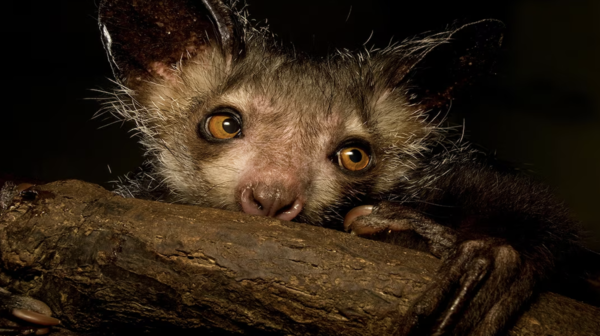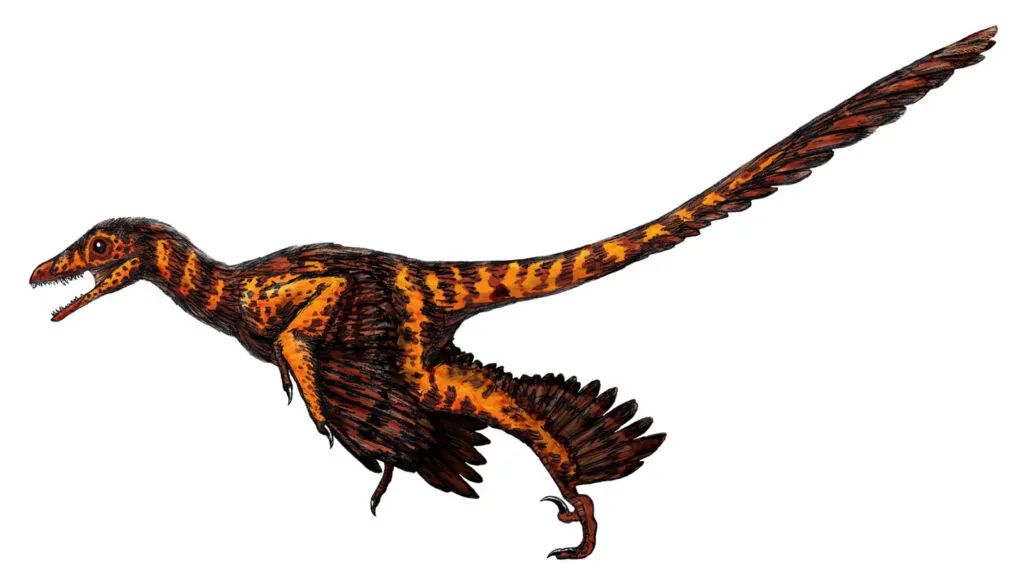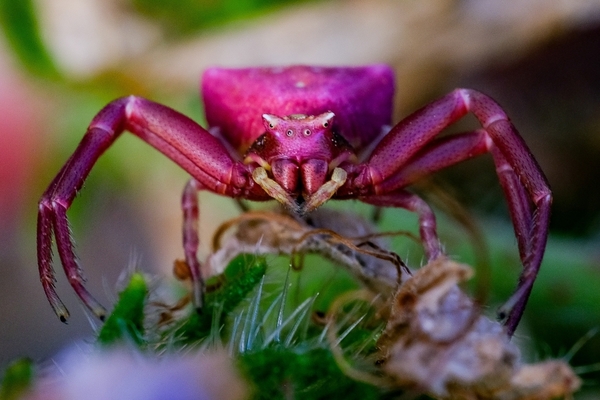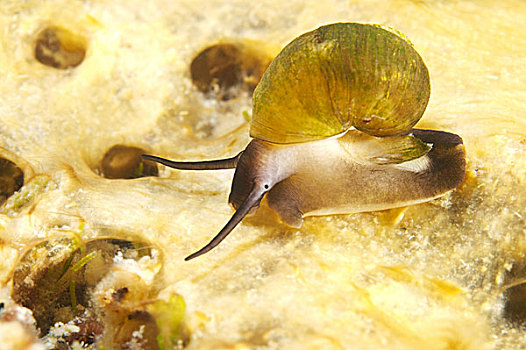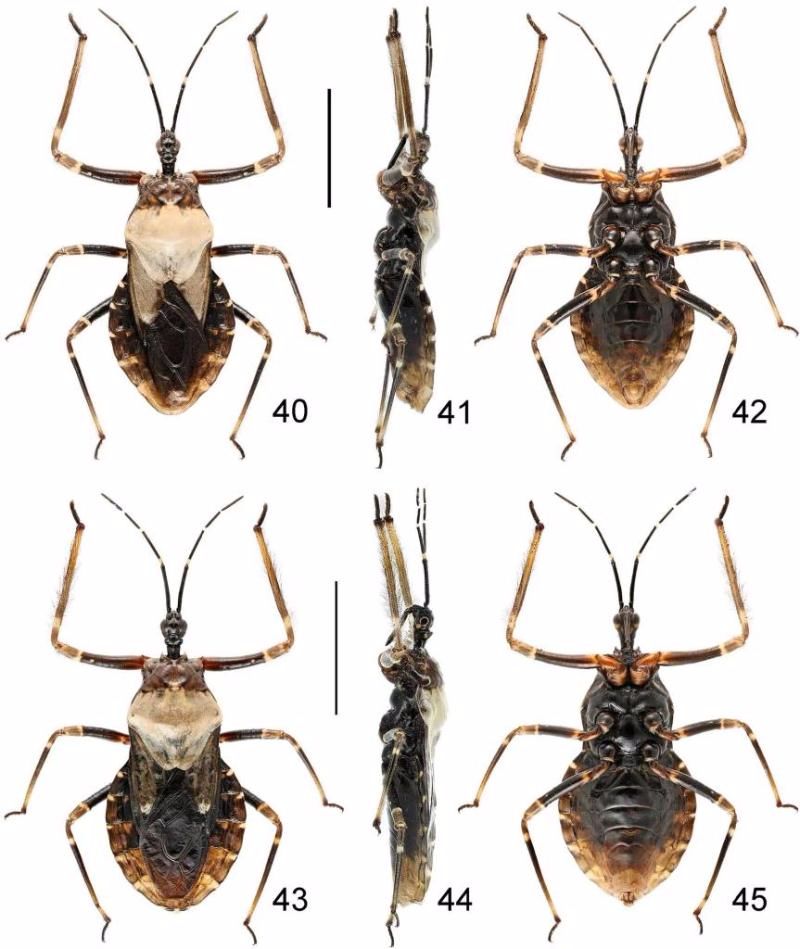Cicada, as an ancient insect, has existed on Earth for millions of years. They are known for their unique life cycle, loud chirping, and This article will take you to explore the life evolution of cicadas and how they adapt to the ever-changing environment on Earth.
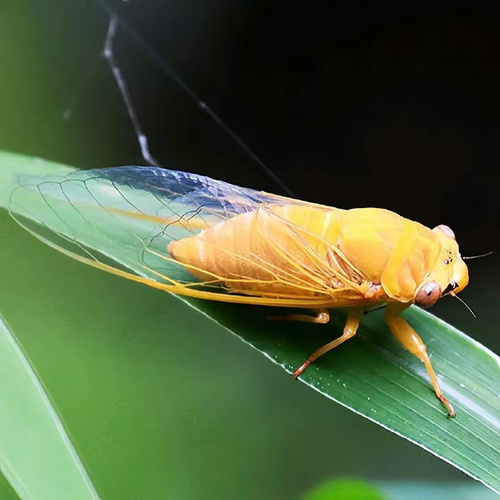
1. The origin of cicadas
The origin of cicadas can be traced back to the Triassic period about 200 million years ago. The cicadas of the past had slightly different morphology and living habits than modern cicadas. According to fossil records, the ancestors of cicadas belonged to the order Hemiptera, and these early insects gradually evolved a unique singing system and Living habits, and eventually developed into the cicadas we know today.
2. The evolution of the unique life cycle of cicadas
Cicadas are known for their long underground life and short above-ground activities. The evolution of this life cycle is closely related to their living environment.
Underground larval stage:
Cicadas spend most of their life cycle underground. This characteristic may be to avoid natural enemies on the ground. Cicada larvae suck sap from tree roots underground and usually take 3 to 17 years to complete the development process. This slow growth process helps cicadas in the evolutionary process They avoid many predators.
Evolution of periodic cicadas:
Some cicada populations in North America have evolved Periodic cicadas, which have a life cycle of 13 or 17 years. This long life cycle helps avoid predators, which cannot adapt to the irregular, large outbreaks of cicadas.
Moulting and Adulthood Stages: When cicada larvae mature, they crawl out of the ground to molt and become adults. Adult cicadas attract mates by chirping and reproduce rapidly. They spend a relatively short time above ground, usually Only a few weeks. This short-term ground activity reduces the risk of being preyed upon.
3. The evolution of cicada chirping
Cicadas are known for their Cicadas are famous for their chirping sounds, which have played a vital role in their evolution. The chirping of cicadas is not only used to attract mates, but also to mark territory and scare away other predators. Repel natural enemies.
Evolution of the singing organ:
The singing organ of the cicada is located in the abdomen, which is formed by the rapid contraction of special muscles to produce sound. The evolved singing organs help cicadas produce high-frequency and penetrating sounds that can be heard across vast forests or grasslands.
Sexual selection and song:
During evolution, the songs of male cicadas gradually became more complex and louder to better attract the attention of female cicadas. Male cicadas with louder, more rhythmically complex calls are more likely to reproduce successfully, which has driven the evolution of singing organs.
4. Adaptive evolution of cicadas
Cicadas can adapt to a variety of environments, from humid tropical rainforests to arid deserts. They show Amazing adaptability.
Drought tolerance:
In arid environments, cicada larvae are able to suck sap from tree roots deep underground to avoid death due to lack of water. Some cicada species have even evolved the ability to survive in extreme drought conditions, greatly enhancing their chances of survival.
Concealment and camouflage:
The color of the cicada's shell usually blends in with the environment of its habitat to prevent predators from discovering it. This camouflage ability has evolved over a long period of time, allowing cicadas to survive better in the natural environment.
Evolution under predator pressure:
The main natural enemies of cicadas include birds, reptiles, amphibians and insects. During the long process of evolution, cicadas have successfully evaded many predators by developing a hard shell, fast flight ability, and irregular appearance during the day and night.
V. Modern evolutionary trends of cicadas
Although cicadas have successfully adapted to various living environments over the past millions of years, modern climate change and increased human activities have posed new challenges to the survival of cicadas.
Impact of climate change:
Global warming has led to changes in the life cycle of some cicada populations. For example, the hatching time of some periodical cicadas may be advanced, disrupting their breeding cycle.
Habitat loss:
With the acceleration of deforestation and urbanization, the habitat of many cicadas has gradually decreased. This puts their survival under greater pressure, especially in some rare cicada species, where the population is declining sharply.
The impact of human activities:
The use of pesticides and air pollution also have a negative impact on cicadas. These chemicals not only kill cicadas directly, but also destroy the trees and plants that cicadas rely on for survival.
VI. Conclusion: The life evolution of cicadas is a history of adaptation and challenge
As an ancient insect, cicadas have experienced a long and complex life evolution. They have successfully survived on Earth for millions of years through their unique life cycle, the evolution of their singing organs, and their ability to adapt to the environment. However, modern climate change and human activities pose new threats to the future of cicadas. Understanding the evolutionary history of cicadas can help us better protect these unique creatures and their living environment.
The life evolution of cicadas is not only a history of biological evolution, but also reflects the interaction and adaptability of organisms and the environment in nature. In the future, whether cicadas can continue to adapt to the human-dominated earth environment will become an important topic that we need to pay attention to.
Cicada Food: What do they eat to stay alive?
Cicadas are insects known for their chirping sounds. Although their adult stage lives on the ground or in trees, they spend most of their life cycle underground. Cicadas' food is mainly plant sap, however, cicadas at different stages of their life cycle have different food requirements. This article will introduce in detail the food sources of cicadas and how they take in nutrients.
1. Food sources of cicada larvae
Cicadas spend most of their life cycle in the larval stage, especially periodic cicadas, which last for 3 to 17 years. In the larval stage, cicadas mainly live underground and rely on sucking sap from plant roots for survival.
Root sap
Root type
Larval cicadas prefer to suck the root sap of trees, especially deep-rooted plants such as oak, pine and willow. These trees can provide rich sap to support the cicada's long-term underground survival.
2. Food of adult cicadas
The life cycle of the adult cicada is very short, usually only a few weeks, and its main tasks are reproduction and chirping. However, even in the adult stage, cicadas still need to take in certain nutrients to maintain life.
Tree sap
Tree Type Selection
Adult cicadas usually choose trees with tender branches or thin bark, such as willow, maple, fruit trees, etc., because the sap of these trees is rich and easy to absorb.
Does not eat solid food
3. Cicada's feeding method
The mouthparts of cicadas are very unique, adapted to their habit of sucking plant sap. Whether larvae or adults, cicadas rely on their special piercing-sucking mouthparts to absorb nutrients.
Piercing-sucking mouthparts
Continuous inhalation
4. Cicada Food and Its Ecological Role
Cicada food not only provides them with nutrients to sustain life, but also plays an important role in the ecosystem.
Promote plant root repair
When cicada larvae suck the sap from the roots of plants, they may cause some damage to the roots of plants, but plants usually repair them by growing new roots. This process actually helps the regeneration and branching growth of plant roots.
Cicada corpses as a source of nutrients
Adult cicadas die soon after reproduction, and their corpses decompose into organic matter in the soil, providing nutrients for plants. This is also a mutually beneficial relationship between cicadas and the ecosystem.
V. Cicada Food and Survival Challenges
Although cicadas can get plenty of sap from trees, their food sources also face some challenges.
Climate Change
As global climate change changes, tree growth is affected in many areas. Extreme weather, such as drought, can lead to a decrease in tree sap, which can affect the survival of cicadas.
Habitat Reduction
Urbanization and deforestation have caused many cicadas to lose the trees and plants they depend on for survival. This has put their food sources at risk, especially in some specific cicada populations, where populations have been drastically reduced.
Conclusion
Cicadas mainly feed on plant sap, and both in the larval and adult stages, they rely on sap from trees or other plants. With their unique piercing-sucking mouthparts, cicadas can continuously ingest sap for a long time, which makes them play an important role in the ecosystem. However, climate change and habitat reduction have challenged the food source of cicadas, affecting their survival and population.
Understanding the food habits of cicadas can not only help us better understand this ancient insect, but also provide a basis for protecting their habitats and ecosystems.
The difference between cicadas and cicadas
Cicadas and cicadas are actually the same insect, and there is no biological difference. They belong to the same family, Cicadidae, but they have different names. Here are some of the main reasons for their names:
1. Regional differences
Cicada: This name is more formal and is usually used in academic fields or formal occasions. It mainly appears in books and academic materials in mainland China.
Cicada: This is the common name for cicadas in northern China, especially in Beijing and other places. It is more used in spoken expression. It is named because its call is similar to "Cicada Cicada".
2. Life cycle and morphological characteristics are the same
Whether it is called cicada or cicada, their life cycle and morphological characteristics are exactly the same:
Larva stage: Cicada larvae live underground for several years, sucking sap from tree roots.
Adult stage: Cicada adults will crawl out of the ground, molt into winged adults, start singing, suck plant sap, and reproduce.
3. Cicada chirping habits
Both cicadas and cicadas chirp, mainly male cicadas use special chirping organs in their abdomens to make high-frequency sounds to attract female cicadas. Because this chirping sound is similar to "cicada", people call them according to the sound.
Summary
"Cicada" and "Cicada" are different names for the same insect. Cicada is the scientific name, while Cicada is the folk name. The two refer to the same species and there is no actual biological difference.
What animals eat cicadas? Revealing the natural enemies of cicadas
Cicadas are common insects in summer and are famous for their loud chirping. Although they spend most of their time underground, once adult cicadas appear on the ground, they become a delicious food for many animals. Cicadas are not only nutritious, but also provide a lot of protein for many predators. So, what animals feed on cicadas?
1. Birds: the main predators of cicadas
Birds are one of the most common natural enemies of cicadas. Many species of birds feed on cicadas, especially in the season when cicadas appear in large numbers.
Magpie
Crow
Bluebird
Bluebirds prefer to feed on insects, and cicadas, as flying animals, are one of their main prey, especially when the cicada population increases in large numbers.
Woodpecker
2. Mammals: Flexible Predators
There are also many predators among mammals that like to eat cicadas, especially some omnivorous animals.
Bats
Squirrels
Raccoons
3. Reptiles: Predators known for their patience
Some reptiles are also very good at preying on cicadas, especially in ground areas where cicadas are active.
Lizards
Snakes
Some snakes, such as black snakes and corn snakes, also prey on cicadas, especially when they are on the ground. They use their keen senses to catch these defenseless insects.
4. Insects: Cannibalistic predators
The natural enemies of cicadas are not limited to birds and mammals. Some insects also feed on cicadas, even their own kind.
Praying Mantis
Spider
Assassin bugs
5. Amphibians: Clever Predators
Although amphibians do not prey on cicadas as widely as birds or reptiles, they will also seize the opportunity to enjoy the delicious taste of cicadas.
Frogs
Toads
Cicadas have natural enemies in all kinds of animals
Although cicadas have a hard shell and powerful flight ability, their predators are birds, mammals, reptiles, insects and amphibians. They play an important role in nature, both as a key component of the ecosystem and an important food source for many animals. During the season when cicadas are in large numbers, many predators will seize the opportunity to feed on cicadas as a staple food to supplement their rich protein.
By understanding the natural enemies of cicadas, we can not only better understand the position of these insects in the ecological chain, but also recognize their importance to the survival of other species.
animal tags:
cicada
We created this article in conjunction with AI technology, then made sure it was fact-checked and edited by a Animals Top editor.


